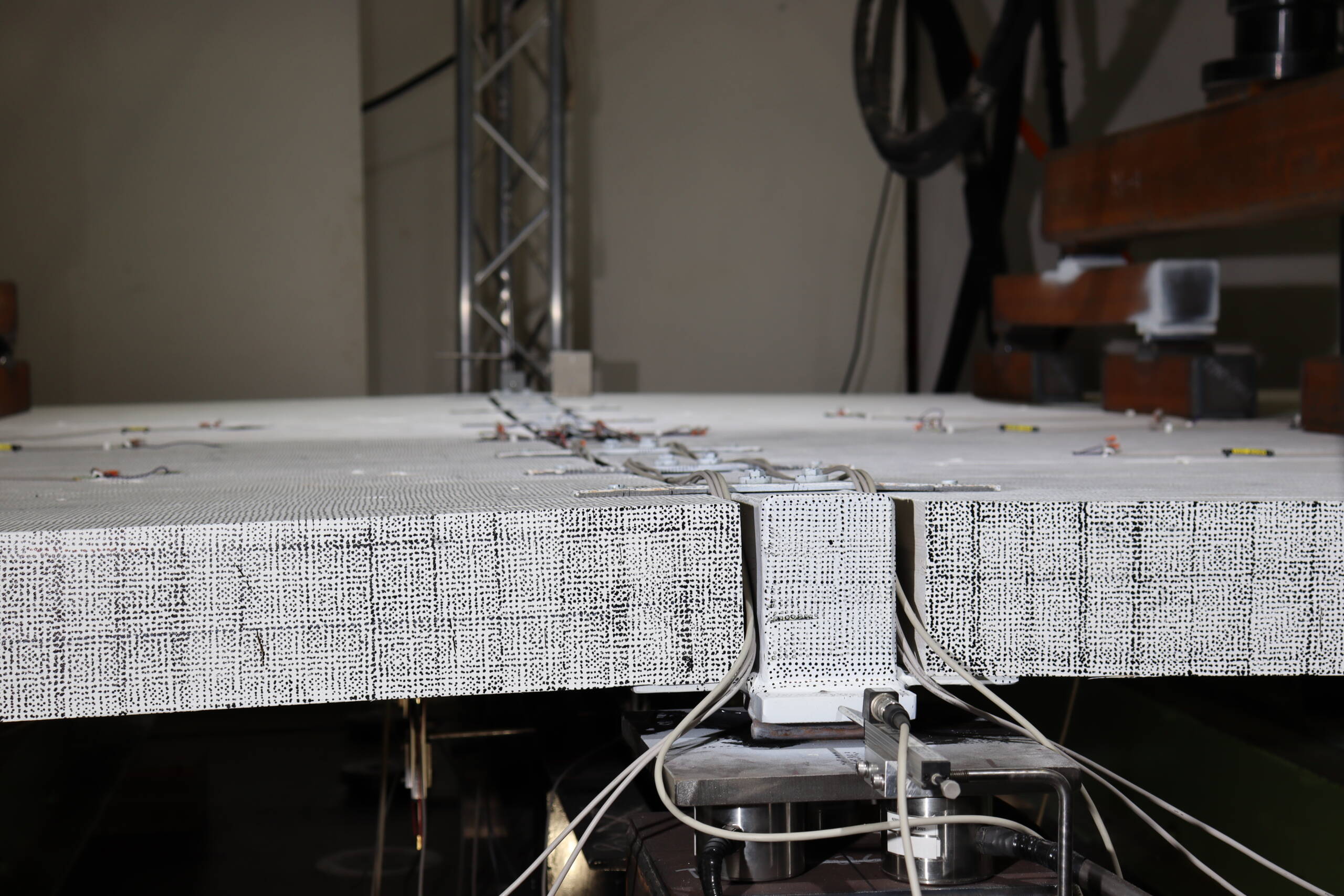A part of a larger project consortium
PuuHyVä-projects are a part of a larger project consortium that involves Tampere University as well as South-Eastern Finland University of Applied Sciences, Karelia University of Applied Sciences and the Natural Resources Institute Finland. From Tampere University, Graduate School of Industrial Timber Construction proceeds with the sub-project. Read about the project in Finnish here.
The aim of the whole PuuHyVä project is to improve the design and cost and material efficiency of wood-based construction. This objective is pursued by combining the user satisfaction of wooden buildings, field measurements of wood buildings, laboratory testing for intermediate floor solutions and the integration of these components into the optimisation of solutions and design development.
Why we research intermediate timber floors?
In wood construction, one of the most challenging design elements is the intermediate floor, that usually consists of several layers of different materials. In the design, the fire, sound insulation and vibration characteristics must be taken into account. In practice, deviations from design have been found, e.g. in vibration properties, and on the other hand certain methods of implementation are susceptible to building errors.
Also, the design guidelines for timber construction (Eurocode5) are changing in 2025 and the need for more efficient design methods and for new cost-effective structural solutions is evident.

What is the Graduate School’s focus in the PuuHyVä sub-project?
The Tampere University sub-project creates parametric design models based on the Finite Elemental Method, which are used to develop the usage properties of wooden intermediate floor structures. Duration of the project is 1.12.2023-31.8.2026. The design models are validated on the basis of field measurements related to sound insulation and vibration. The models are used in the development of new intermediate floor solutions together with laboratory measurements. Based on the models, the dimensioning tool is also created.
Extensive field measurements and user surveys are carried out for wooden buildings under 10 years old or under construction (public buildings, residential blocks) at different stages of construction. The measurements carried out at the various stages of construction provide more detailed information on the effects of the shape of the platforms, masses, joints, support and composite action impact. The most common intermediate structures, such as CLT, ribbed open box plate, but also rarer hybrid and beam structures, are selected. Laboratory tests will examine in more detail structures of the same type as field measurements.
Funding sources
The total budget of the sub-project is around 350 000 euros. The funding from EU is around 280 000 euros.




